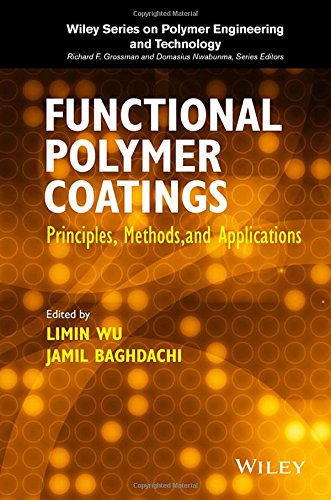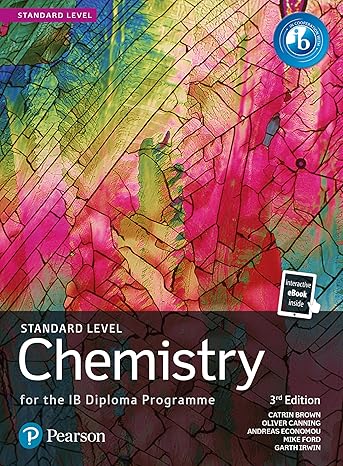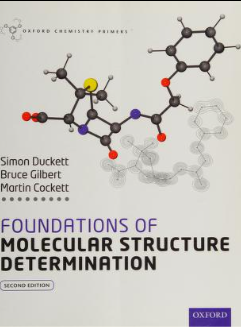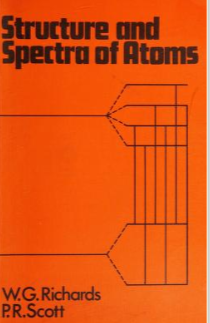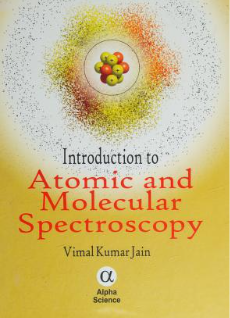The combination of organic and inorganic ingredients is the most popular strategy to achieve coatings with optimal properties. The two components with different or even opposing intrinsic properties can be mixed at the microscale, nanoscale, and even molecular level. Composite coatings at the microscale actually are conventional pig�mented coatings with an opaque appearance. Molecular hybrids were first reported in the 1980s and are an early form of organically modified ceramics (Ormocers) wherein the organic groups act as an inorganic network modifier or network former [1, 2]. These products were further developed in this century as organic phase‐dominated materials with an unmatured inorganic phase especially as crystalline inorganics. Nanoscale hybrid coatings based on an organic matrix are actually organic–inorganic nanocomposite coatings (OINCs). The inorganic domain is a dispersed phase with at least one dimension on the nanometer size regime (1–100nm). In the past 15years, OINCs have attracted broad research interest both in academics and in industries. Many papers and patents have been published related to OINCs
چکیده فارسی
ترکیب مواد آلی و معدنی محبوب ترین استراتژی برای دستیابی به پوشش هایی با خواص بهینه است. این دو جزء با خواص ذاتی متفاوت یا حتی متضاد را می توان در مقیاس میکرو، مقیاس نانو و حتی مولکولی با هم مخلوط کرد. پوششهای کامپوزیتی در مقیاس میکرو در واقع پوششهای معمولی با رنگدانهای هستند که ظاهری مات دارند. هیبریدهای مولکولی اولین بار در دهه 1980 گزارش شدند و شکل اولیه سرامیک های اصلاح شده ارگانیک (Ormocers) هستند که در آن گروه های آلی به عنوان یک اصلاح کننده شبکه معدنی یا شبکه تشکیل دهنده عمل می کنند [1، 2]. این محصولات در این قرن بیشتر به عنوان مواد تحت سلطه فاز آلی با فاز معدنی نارس به ویژه به عنوان مواد معدنی کریستالی توسعه یافتند. پوششهای هیبریدی نانومقیاس بر اساس یک ماتریس آلی در واقع پوششهای نانوکامپوزیت آلی – معدنی (OINCs) هستند. حوزه معدنی یک فاز پراکنده با حداقل یک بعد در رژیم اندازه نانومتری (1 تا 100 نانومتر) است. در 15 سال گذشته، OINC ها علاقه تحقیقاتی گسترده ای را هم در دانشگاه ها و هم در صنایع به خود جلب کرده اند. مقالات و پتنت های زیادی در رابطه با OINC
منتشر شده است
ادامه ...
بستن ...
| Title: |
Functional Polymer Coatings: Principles, Methods, and Applications |
Volume: |
| Author(s): |
Limin Wu, Jamil Baghdachi |
| Series: |
Wiley Series on Polymer Engineering and Technology |
Periodical: |
|
| Publisher: |
Wiley |
City: |
|
| Year: |
2015 |
Edition: |
1 |
| Language: |
English |
Pages (biblio\tech): |
368\369 |
| ISBN: |
1118510704, 9781118510704 |
ID: |
1355747 |
| Time added: |
2015-05-24 10:56:40 |
Time modified: |
2022-01-05 04:58:52 |
| Library: |
|
Library issue: |
0 |
| Size: |
11 MB (11177427 bytes) |
Extension: |
pdf |
ادامه ...
بستن ...
